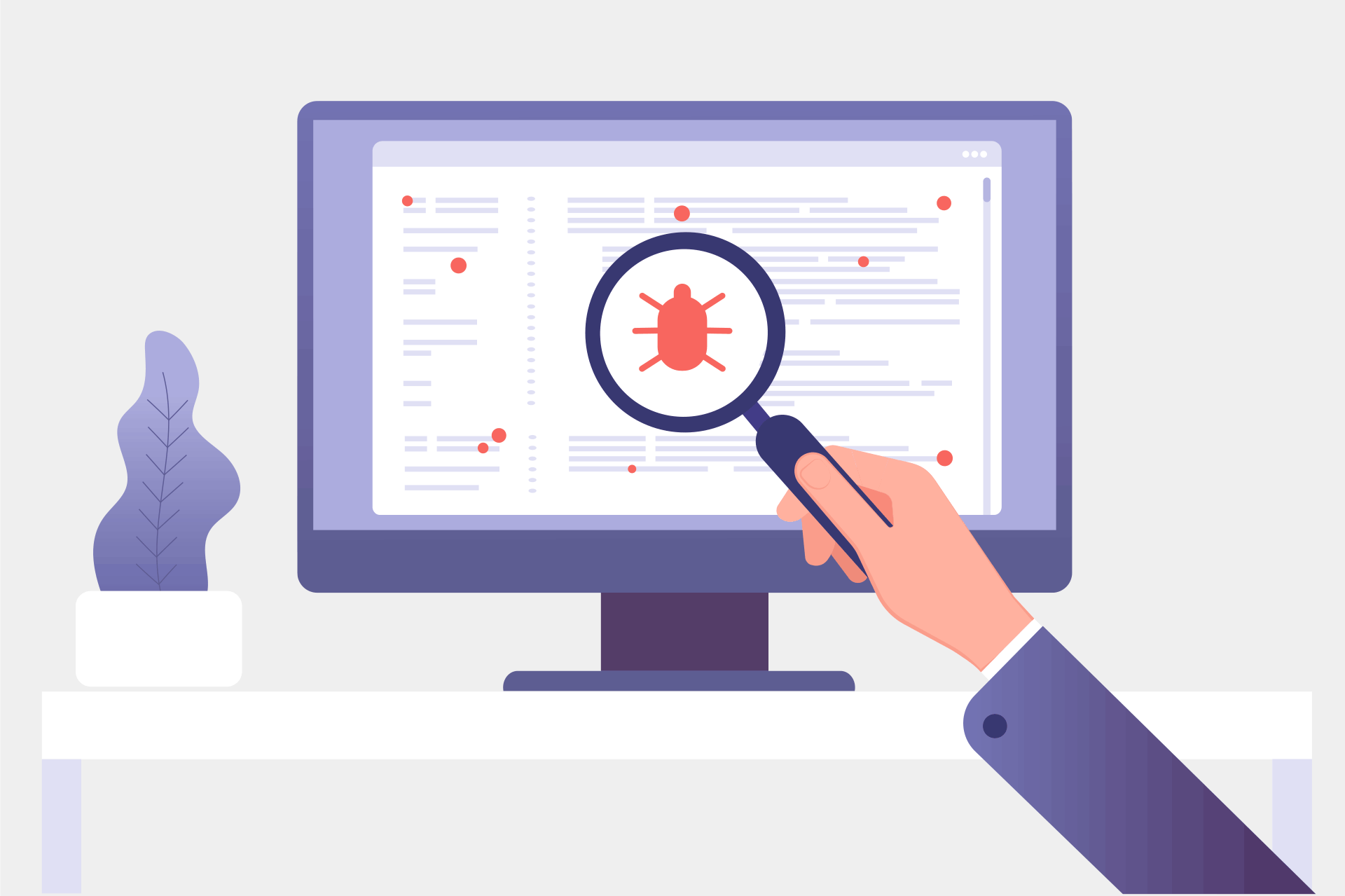APIs are the nervous system of modern applications. When they leak too much information—or allow unintended actions—they can become a high-value target for attackers. GraphQL, with its flexible query language, offers even more surface area if not locked down.
Common API exposures
- Overly permissive endpoints: APIs returning more fields than necessary.
- Unrestricted methods: Lack of proper HTTP verb enforcement leading to unintended writes.
- Hardcoded or leaked API keys: Found in client-side code or public repos.
- Verbose error messages: Leaking stack traces or SQL details.
The GraphQL twist
GraphQL changes the game by letting clients ask for exactly what they need—but it also lets them ask for everything unless you limit it.
Typical risks include:
- Schema introspection in production: Revealing all available types, fields, and mutations.
- Nested query abuse: Deep recursion or large object requests causing performance DoS.
- Unauthorized field access: Sensitive fields exposed via overlooked resolvers.
Pro tip: Disable introspection in production, use query depth/complexity limits, and always enforce resolver-level authorization.
How VulneraX catches them
- Scans for exposed API keys in code, responses, and public assets.
- Maps GraphQL schemas (when accessible) and tests for dangerous queries.
- Checks endpoint responses against a minimal expected schema to flag overexposure.
- Simulates nested query abuse to evaluate rate-limiting and complexity controls.
Making findings actionable
Every VulneraX API/GraphQL finding includes:
- The exact request sent
- The sensitive data or misconfiguration found
- Clear fix guidance—e.g., “restrict this field in resolver” or “remove unused API key”
In the API-first era, securing endpoints is as critical as securing your servers. GraphQL just raises the stakes. With VulneraX’s targeted checks, you can spot the subtle stuff before it becomes tomorrow’s breach headline.
